Traditionally, drivers — the tiny speakers that live inside our wired and wireless earbuds — are made from various materials like paper, copper, and magnets. Manufacturing them often involves human hands. And it’s not unusual for earbud makers to include multiple drivers in one earbud to achieve the full frequency response they’re looking for. Now though, xMEMS Labs has developed an entirely different type of driver that uses the same silicon material found in microchips and is created using the same fully automated manufacturing process.
The company has announced that in addition to its Montara — the world’s first MEMS micro speaker — it’s rolling out two new models: the Cowell, a MEMS drive that can be paired with a dynamic drive, and the Montara Plus, a high-performance device intended for audiophile-grade in-ear monitors (IEMs). All three models are as much as three times smaller than the smallest equivalent traditional driver, which could make them an excellent choice for hearing aids, as well as music-listening devices.
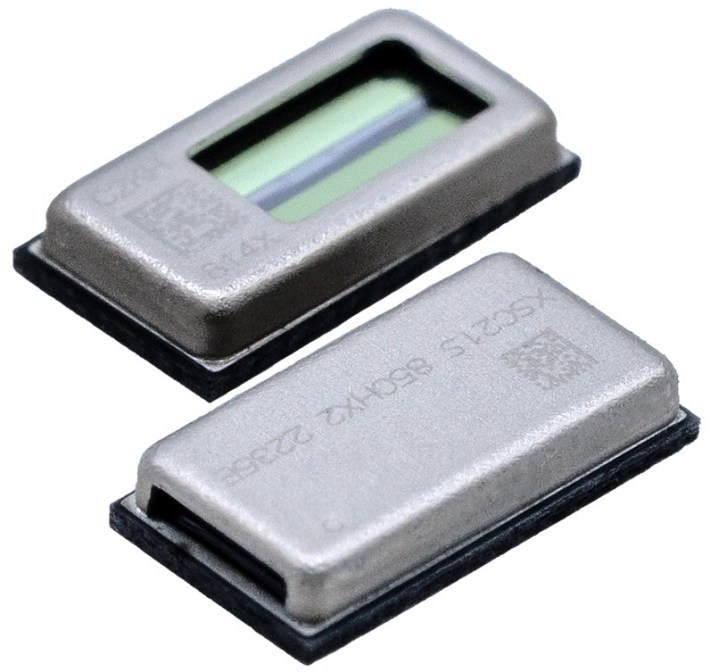
If the term “MEMS” sounds familiar, it’s because the acronym, which stands for micro-electromechanical systems, already describes a type of microphone that’s used in lots of electronics, from wireless earbuds to laptops. Microphones and speakers are essentially two sides of the same coin. One takes sounds from the environment and turns them into electrical signals, and the other takes electrical signals and turns them into sounds, so it was just a matter of time before someone figured out how to make MEMS-based speakers.
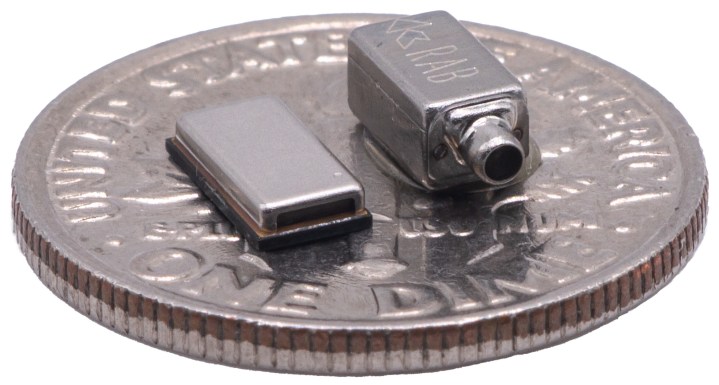
The two most common driver designs inside earbuds are dynamic drivers — these are the same circular, cone-shaped speakers you’re used to seeing on full-size stereo speakers, but scaled way down — and balanced armatures (BA). Both use lots of small parts to move the air that ultimately produces the sound we hear. MEMS drivers, by contrast, are very simple: a pair of superthin silicon membranes act as the “diaphragm” (they move the air), and these membranes are bonded to layers of piezoelectric material, which act as the “motor” (they force the silicon to move in response to an electrical signal).
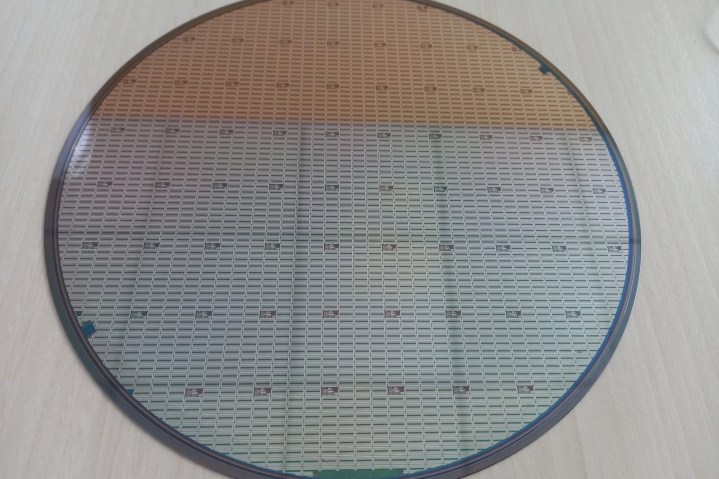
And xMEMS says this gives its designs inherent benefits over traditional drivers. Some of these benefits are purely economic. Audio manufacturers are typically forced to test their drivers to ensure that each pair of earbuds or headphones get a set that is a close match, otherwise, the sound they produce will be compromised. Using a microchip fabrication process means hundreds of MEMS drivers can be produced simultaneously from a single wafer with a high degree of conformity, virtually guaranteeing that every driver will be well within the margin of error for matching performance.
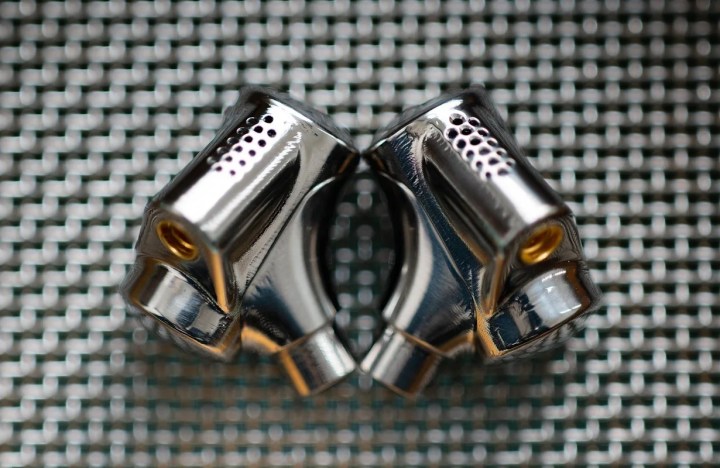
Other benefits are more tangible. Their materials and design make these silicon speakers water and dustproof with an IP58 rating right out of the box — there’s no need to design a waterproof enclosure to protect them. With no moving parts, they’re also very rugged and can stand up to a lot of abuse in terms of shock.
There may also be some significant gains in audio quality, too. For instance, xMEMS says its speakers offer extremely fast transient response — this is a speaker’s ability to accurately shift from one frequency or sound to another. The claim is that the silicon membrane is up to 9,400% stiffer than conventional diaphragm materials and that the architecture of the driver produces a response time that is a staggering 14,900% faster. According to the company, this difference will be especially noticeable in midrange and high-frequency accuracy.
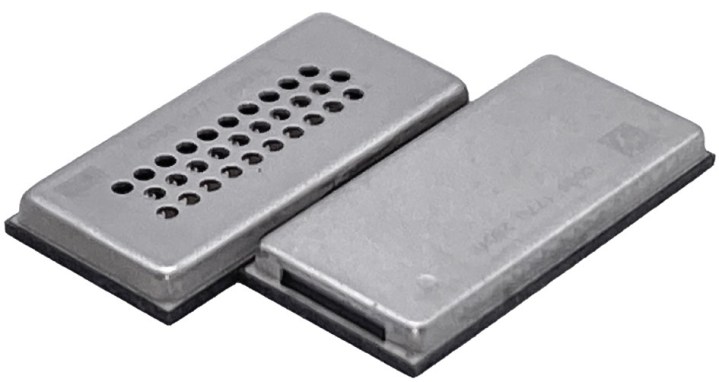
Finally, xMEMS also claims that these enhancements make its drivers better for both spatial audio and hi-res audio, two rapidly growing trends in the streaming audio space.
Does this sound too good to be true? MEMS drivers, at least for now, can’t quite replace dynamic or BA drivers in all instances. Active noise-canceling (ANC) earbuds are a case in point. ANC earbuds are typically vented, which means a certain amount of outside sound can get in, and that requires drivers that can produce relatively high volume levels in lower frequencies. Currently, that’s not a strength of MEMS, so when manufacturers want to use them in ANC earbuds, they need to be paired with a traditional dynamic driver to fill in that low end.
MEMS technology benefits from its small size, making it ideal for earbuds, but it’s possible to use it in larger speakers too. However, in these cases, the drivers will be limited to use as tweeters, at least for the foreseeable future.
If you want to hear xMEMS drivers in action, your best bet will be to find a demo at one of several audio shows that happen each year. However, if you want to be on the very leading edge, you can also preorder a set of Singularity Audio Oni IEMs — the first set of IEMs to use xMEMS’ Montara driver. The price of being first isn’t cheap: the Oni are $1,500 during their preorder period, after which they’ll sell for $1,800.



